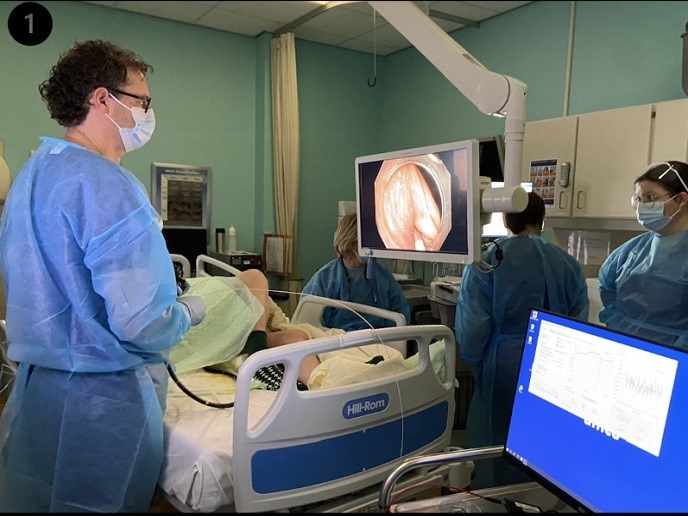Targeting cancer stem cells for therapy
Glioblastomas are a group of highly invasive and aggressive brain tumours. Their heterogeneous nature makes them difficult to discriminate from normal tissue hampering the effective treatment of this incurable pathology. Recently, a sub-population of cancer stem cells has been identified to which scientists attribute tumour recurrence after surgery. Glioblastoma stem cells have a high tumorigenic potential and exhibit resistance to radiotherapy and chemotherapy. Their migratory properties and sporadic dispersion through the parenchyma represent major hurdles to targeted therapy. With this in mind, the EU-funded DCXGLIOMA project set out to understand the mechanisms underlying glioblastoma stem cell properties. Work was based on the discovery that glioma cells can spontaneously express the neuroblast marker Dcx and acquire different migratory and tumorigenic properties. To study the molecular and cellular properties of Dcx positive and negative cells, researchers isolated glioblastoma stem cells from patients and generated spheres in culture. In normal cells, Dcx is associated with a migrating cell phenotype and is expressed in neuronal cells. In tumour cells, Dcx expression correlates with lower proliferation and clonogenicity. Regulation of Dcx in glioblastoma stem cells was mediated by various molecular pathways such as SHH and Notch and by post-transcriptional mechanisms. This indicated that in glioblastoma, Dcx positive cells seem to be a less aggressive form of cancerous cells. This is supported by evidence from other glioblastoma studies that link Dcx with better prognosis. Based on the findings, DCXGLIOMA scientists propose that manipulation of Dcx expression in glioblastoma cells could be exploited for slowing down the progression of this fatal disease. Given the capacity of cancer stem cells to regenerate a tumour and threaten the therapeutic outcome, adapting treatment strategies to eliminate cancer stem cells seems to be the way forward.







